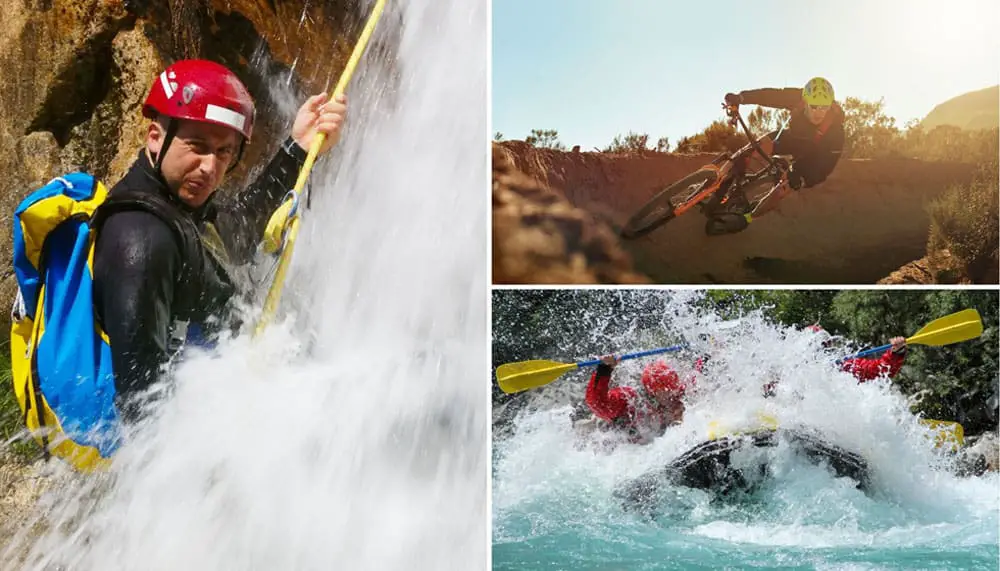
Adventure racing is a multi-discipline sport that covers a variety of disciplines. You might not have to perform all disciplines listed in this article. However, it’s a great idea to be proficient in all disciplines to increase your success rate and enjoyment.
If you have the Adventure Racing “bug” and are planning on signing up for this type of event. Listed below are some of the different disciplines present in an adventure race.
Most of your Adventure Racing events will occur in a mountain or a rugged area, close to a large body of water, and a long trail or a road.
Adventure racing will test your physical performance and mental strength. Depending on the type of race you choose, you will be facing a few or several of the disciplines mentioned in this article.
You will notice there are some similarities between some of the disciplines mentioned above. Cases are, depending on the duration of the event, only one or two of the above disciplines will apply.
So, I advise you to refer to the event’s website to know which type of discipline and terrain will be present in your race.
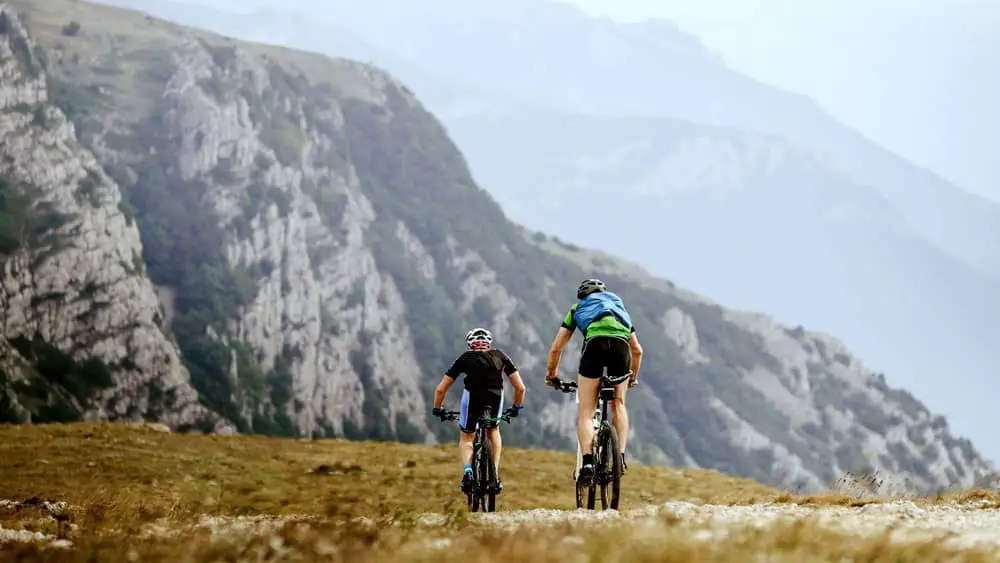
MOUNTAIN BIKING
A sport involving riding your mountain bike as you travel through an off-road or a dirt track. However, there are also cases where the cycling stage will cover an asphalt road.
Though it seems like a straightforward discipline set in an adventure race, mountain biking has different categories on its own. Chances are, during a mountain biking leg, you will be doing a few of these categories. Listed below are some of the different types of mountain biking:
- Cross Country
- Enduro (all mountain)
- Trail riding
- Downhill
- Freeride
Of the list, cross country and trail riding are the most common categories usually experienced by participants in an adventure race.
Gears needed: Mountain Bike, Helmet, Water Bottle/Bladder, Gloves, Shoes/Cleats.
In adventure racing, be prepared for anything. I have seen videos of competitors carrying their bikes due to treacherous and muddy terrain. Word of advice, if you plan on doing a long event, try to get the lightest bike you possibly can.
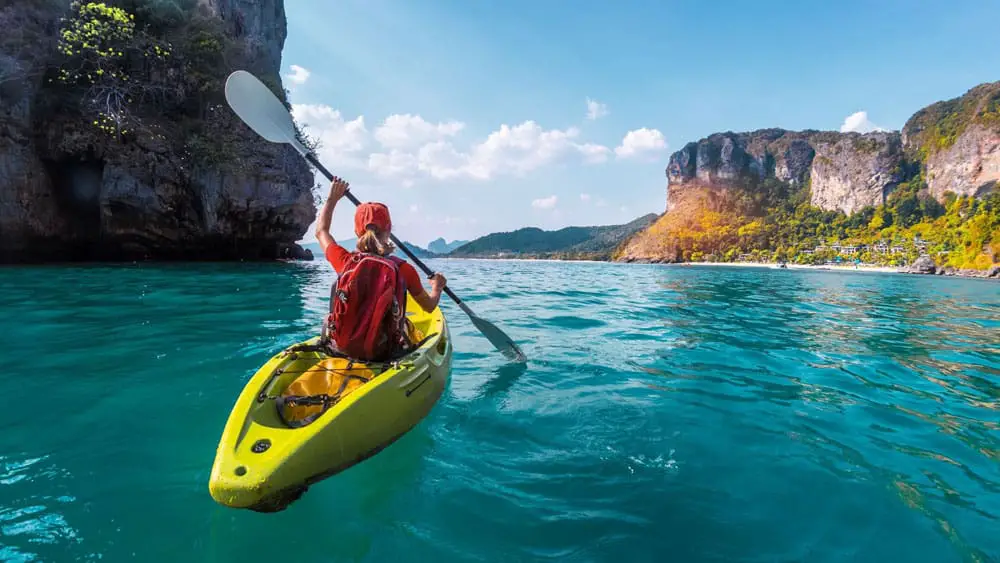
KAYAKING
Kayaking is a water sport activity that is common in almost all adventure races. During this leg, you will be rowing your kayak for a pre-determined distance.
You must propel the kayak using a paddle, with two blades at both ends, to push the kayak through the water. The water leg takes place at different water bodies like lakes, rivers, oceans, and even channels.
During an adventure race where there is a time constraint, having to paddle quickly and consistently throughout the leg requires a strong set of arms to endure long-distance stroking.
Experience in rowing or paddling is not necessary before joining an adventure race. However, mastering this skill will help you steer and navigate the water leg much more comfortable.
Kayaking can sometimes be replaced by canoeing, especially if the body of water involved is a river. They are similar in some respect; the only difference is your seating position and the kind of paddle you have to use. Standard canoeing uses a paddle with one blade, whereas kayaking uses a double-bladed paddle.
In some adventure races, you might be able to use a double-bladed paddle (personally brought by you) even if the vessel is a canoe and as long as event organizers allow it.
Based on my observation, most adventure racing events provide you with the essential gear needed to complete the water leg. The gear may include the kayak, canoe, paddles, and PFD (personal flotation device).
Gears needed: Kayak, Paddle, Life Vest, Shoe /Aqua Shoes, Adequate Clothing, Drybag
RIVER RAFTING
River rafting is similar to kayaking and canoeing. Rafting uses an inflatable raft to float through a more rough-flowing body of water. You will be traveling on river rapids where the water flow is turbulent, and the river terrain is unpredictable.
In my opinion, to participate in this discipline, you must know how to swim and be comfortable in the water, as there are cases where the raft will turn over.
Considered an extreme sport, it requires you and your team to control the raft. Keeping the rafter from flipping over or hitting any rocks or obstacles should be your main objective. Typically, intense paddling is not an issue as the strong water flow will carry the raft downstream.
You and your teammates must use your paddles to navigate in the right direction keeping the raft from any potential impact. Maintaining balance and a cool head is vital when doing river rafting. Loosing your concentration can lead to an unfortunate flipping of the raft.
Gears needed: Rubber Raft, Paddle, Helmet, Life vest, Adequate Clothing, Shoes/Aqua Shoes, Protective Glasses, Dry Bag, Float Bag
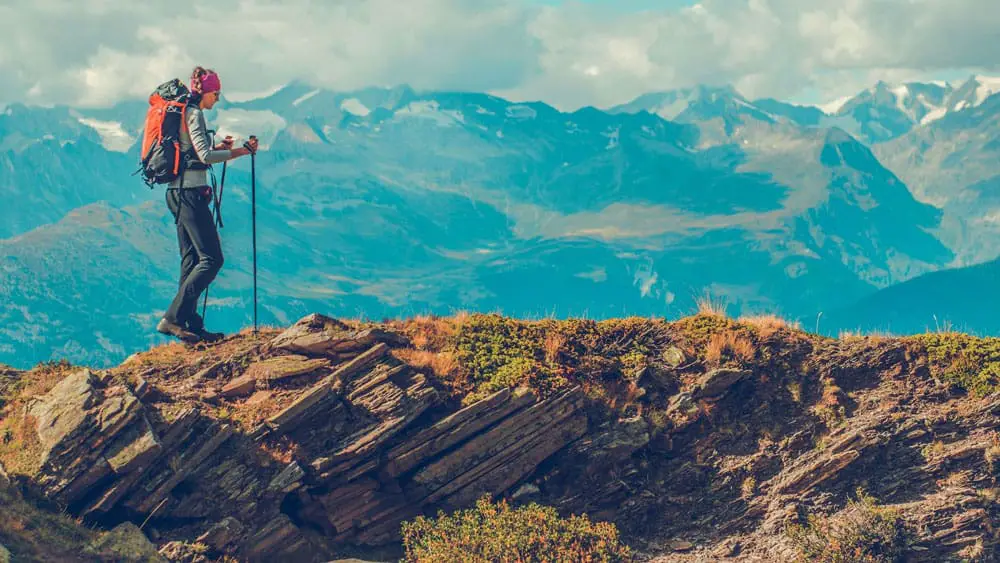
TREKKING
Trekking is hiking on steroids—an outdoor activity involving walking for a long distance. Trekking could take a couple of days or a week, depending on how long the organizers have set the race’s distance.
Trekking does not only take place in mountainous areas, but it can also take place in the desert or in the wilderness, where trails might not be obvious.
Among the many disciplines in the adventure racing events, Trekking is very common and most likely to be present in all adventure racing events. You will explore and experience the raw and natural scenery of an area still untouched by human development.
Trekking will test your self-resilience, resourcefulness, and endurance as you travel on foot for long periods without assistance or help from race organizers.
To be successful in completing your Trekking leg, you must learn to be self-sufficient, and proper planning is essential, knowing which items and gears to carry and learning when to use such resources during the leg’s entire span.
Gears needed: Trekking Shoes, Vest, Water Bottle/Bladder, Trail Food, Map, Compass, Whistle, Headlamp
CANYONEERING
Canyoneering is a new type of sport requiring you to travel in canyons, usually following a river upstream or downstream in ordinary cases. During your Canyoneering leg, you will face a variety of disciplines or techniques to keep you moving forward.
Disciplines involved during your Canyoneering leg are:
- Rock climbing
- Rock jumping
- Crawling
- Swimming
- Rappelling
- Hiking
Given this activity’s nature, where you will be doing extreme activities like jumping from one rock to another or going down a waterfall, utmost care and safety is paramount.
Commonly, you and your team will need to step or climb down slippery or mossy terrain. The presence of mind is necessary, and rope tying skills are essential. Though it can be done solo, most organizers set up the Canyoneering leg as a team activity.
Gears needed: All-terrain Shoes, Backpack, Helmet, Gloves, Ropes, Harness, Drybag, Adequate Clothing, Headlamps, First aid kit, Knife
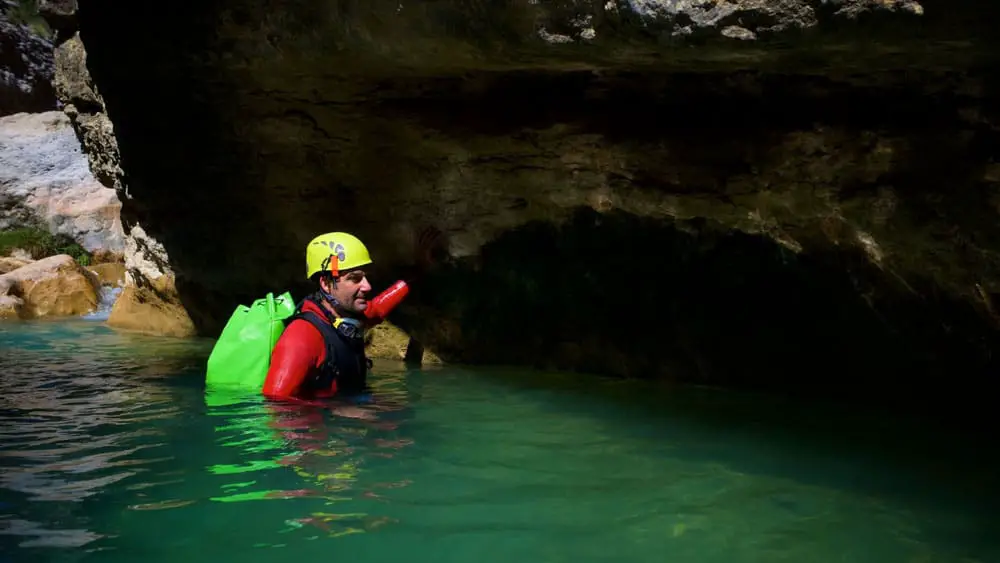
ABSEILING
Commonly known as abseiling in most parts of Europe, it is an outdoor discipline that involves a participant’s vertical descent from a higher elevation to a lower elevation using a rope.
Though there are many techniques used in going down, it’s fundamental to use the rope’s friction to control the slow descent. This discipline is usually done on cliffs, caves, bridges, and canyons.
There are even cases where this activity is done on high elevation structures such as skyscrapers, towers, and statues, though these locations are not used in adventure races.
Because it is considered an extreme sport, it is not an activity that should be tried out without having any training experience or skills prior. Typically, participants will need to undergo training and assessment before they are allowed to rappel.
Event organizers need to inform and highlight that there will be “rope” legs in their adventure race events to ensure that all participants are aware and will have the time to prepare.
Gears needed: Rope, Harness, Gloves, Shoes, Carabiners, Belay Devices, Descenders and Ascenders, Helmet, Anchor and Anchor materials, Knife
ORIENTEERING
Navigation, also known as orienteering, is one of the core disciplines of adventure racing. This particular discipline focuses on reading maps, pinpoint directions, and identifying the safest and shortest possible route to reach the designated destination point.
Navigation does not have its specific leg because it is already present and embedded in all the previously listed disciplines during your entire adventure race.
From mountain biking to Trekking and canyoneering, before you begin your race, you should have already identified the best route for you and your team to follow. It is always recommended that you stop now and then verify and reassess your location and the direction you are heading on is correct.
Not everyone is gifted with navigation skills. That is why even the most experienced teams in an adventure race are sometimes beaten by newbie teams just because the newer team has a better navigator. Still, the lack of talent in navigation can be supplemented with enough training and real-time experience.
Gears needed: Compass, Map, Watch.
FINAL THOUGHT
Adventure Racing, like many other extreme sports, will challenge and test your mental and physical abilities.
What is unique about adventure racing are the multi-disciplines. You have to be self-sufficient and capable of finding your way towards the destination point without assistance and support other than your team and your resourcefulness.
In doing so, mental capability and outdoor skills are needed. Both physical and mental go hand in hand, and each should supplement each other to endure and complete an adventure race.
Beginners should not hesitate to join adventure racing. Though there are varieties of disciplines involved, those are all achievable with practice and training.

